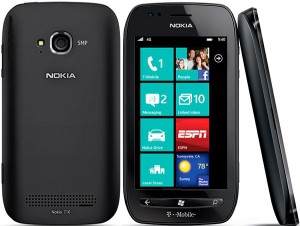Smartphone sales growing at an astonishing rate
For the first time, smartphone shipments have outnumbered PC shipments, with 488 million devices shipped in 2011. Huge sales of the iPhone 4S, and other top competing handsets such as the Samsung Galaxy SII have contributed to this milestone. However, according to analyst firm Canalys, it could have been reached earlier if the 60 million tablets shipped last year were not included in the PC figures.
Chris Jones, Canalys’s Vice President and Principal Analyst said:
In the space of a few years, smart phones have grown from being a niche product segment at the high-end of the mobile phone market to becoming a truly mass-market proposition. The greater the availability of smart phones at lower price points has helped tremendously, but there has been a driving trend of increasing consumer appetite for Internet browsing, content consumption and engaging with apps and services on mobile devices.
Apple is at the top of the leader board, with shipments of 93.1 million iPhones, beating Nokia with shipments of 77.3 million, according to Canalys’s data. Android is close behind apples figures with 91.9 million smartphone shipments last year. Cisco has predicted that the number of mobile devices on the planet will have outnumbered human beings sometime this year!
Mobile and smartphone use is constantly growing, and as the mobile market becomes larger, so do the range of consumers, older mobiles are being offered to third world countries and new mobile devices are being released at a steady rate. It is said that by 2016, mobile networks will be carrying 130 exabytes of data each year – that’s 130 billion GB or equal to around 33 billion DVDs.
The scale of the mobile industry is incredible, and with new technology being created at an increasingly alarming rate, it’s hard to know what smart phones will have to offer us in the near future.







Recent Comments